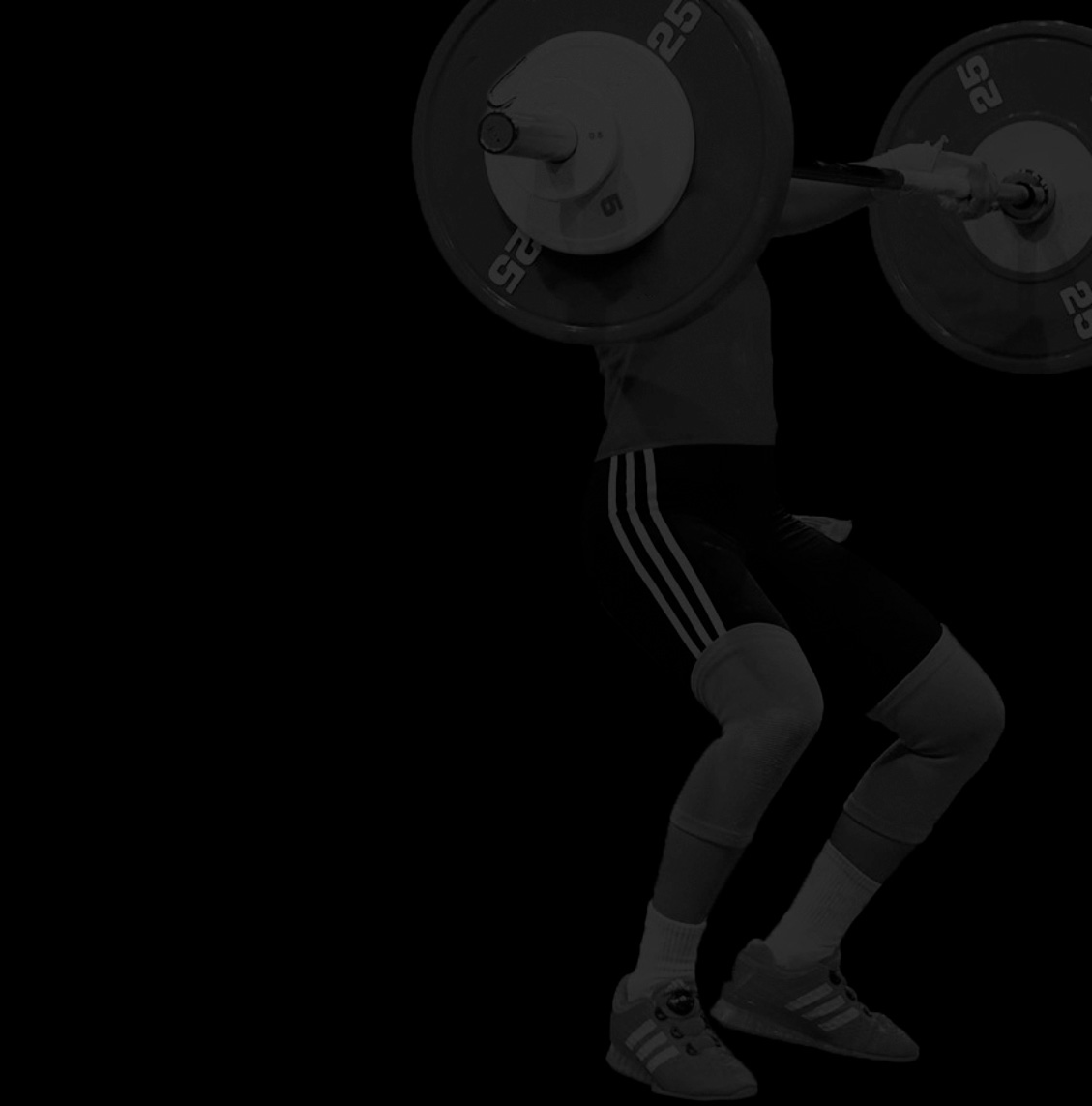WADA publishes Anti-Doping Rule Violations Report for 2016
The report highlights 1,595 confirmed Anti-Doping Rule Violations (ADRVs) in 2016, involving individuals from 117 nationalities and across 112 sports. 1,326 ADRVs came from Adverse Analytical Findings (AAFs) and 269 from non-analytical, evidence-based intelligence.
The World Anti-Doping Agency (WADA) published its fourth annual Anti-Doping Rule Violations Report, which is the official set of such statistics under the World Anti-Doping Code.
As usual, the Report is available in a PDF version; while, new this year, WADA is pleased to provide the Report in a dynamic, Excel version that illustrates the ADRV statistics in an interactive fashion.
The Report illustrates doping offences committed in a global sport during 2016. It highlights that there were a total of 1,595 ADRVs recorded in that year, involving individuals from 117 nationalities and across 112 sports. 1,326 of the ADRVs were derived from AAFs, commonly known as ‘positive’ results. The remainder were derived from investigations and evidence-based intelligence into 248 violations committed by athletes and 21 by Athlete Support Personnel (ASP).
WADA President Sir Craig Reedie said: “The 2016 ADRVs Report makes for particularly interesting reading in combination with WADA’s 2016 Anti-Doping Testing Figures Report that was published last year. We are continuing to see the impact of intelligence-based testing, an area of increasing focus for the Agency as we strengthen our investigations and intelligence-gathering capacity.
“While in- and out-of-competition testing remains critical to detecting doping, recent events have shown that investigative work is becoming ever more important as we look to protect clean athletes’ rights worldwide.”

The Report includes the decisions of all AAFs for which the samples were collected by Anti-Doping Organizations in 2016 as well as non-analytical ADRVs for decisions rendered in 2016.
The front of the Report comprises an introduction and an executive summary highlighting the key data. The first and second sections present the Results Management outcomes (including ADRVs) of all AAFs detected by WADA-accredited Laboratories for samples collected in 2016 from athletes in- and out-of-competition. They are presented by sport, discipline (Section 1) and Testing Authority (Section 2).
Section 3 includes ADRVs that resulted from non-analytical findings committed by athletes (presented by sport and nationality) and by ASP (presented by nationality).
Section 4 indicates the total number of ADRVs in 2016, which includes AAFs that resulted in an ADRV plus all non-analytical ADRVs. It presents the data by sport and nationality. It is further broken down into type of samples (urine or blood), type of test (in- or out-of-competition) and athlete gender.
Consult the Full Report in PDF, the dynamic Report in Excel, the Overview and the Questions & Answers document.
Source: https://www.wada-ama.org/
Weightlifting was the 4th most tested sport while the IWF is the 6th Summer Olympic IF with the highest number of tests carried out.
The vast major of adverse analytical findings (79 percent) were produced by male athletes (1,046) and were the results of results collected during in-competition testing (78 percent).
Athletics topped the list of sports with the highest number of ADRVs on 205 followed by bodybuilding (183), cycling (165), weightlifting (116) and soccer (79). Rounding out the top nine were powerlifting (70), wrestling (64), rugby union (56), aquatics (35) and boxing 35).
Italy topped the list of countries with the most ADRVs on 147 followed by France (86), the United States (76) and Australia (75).











